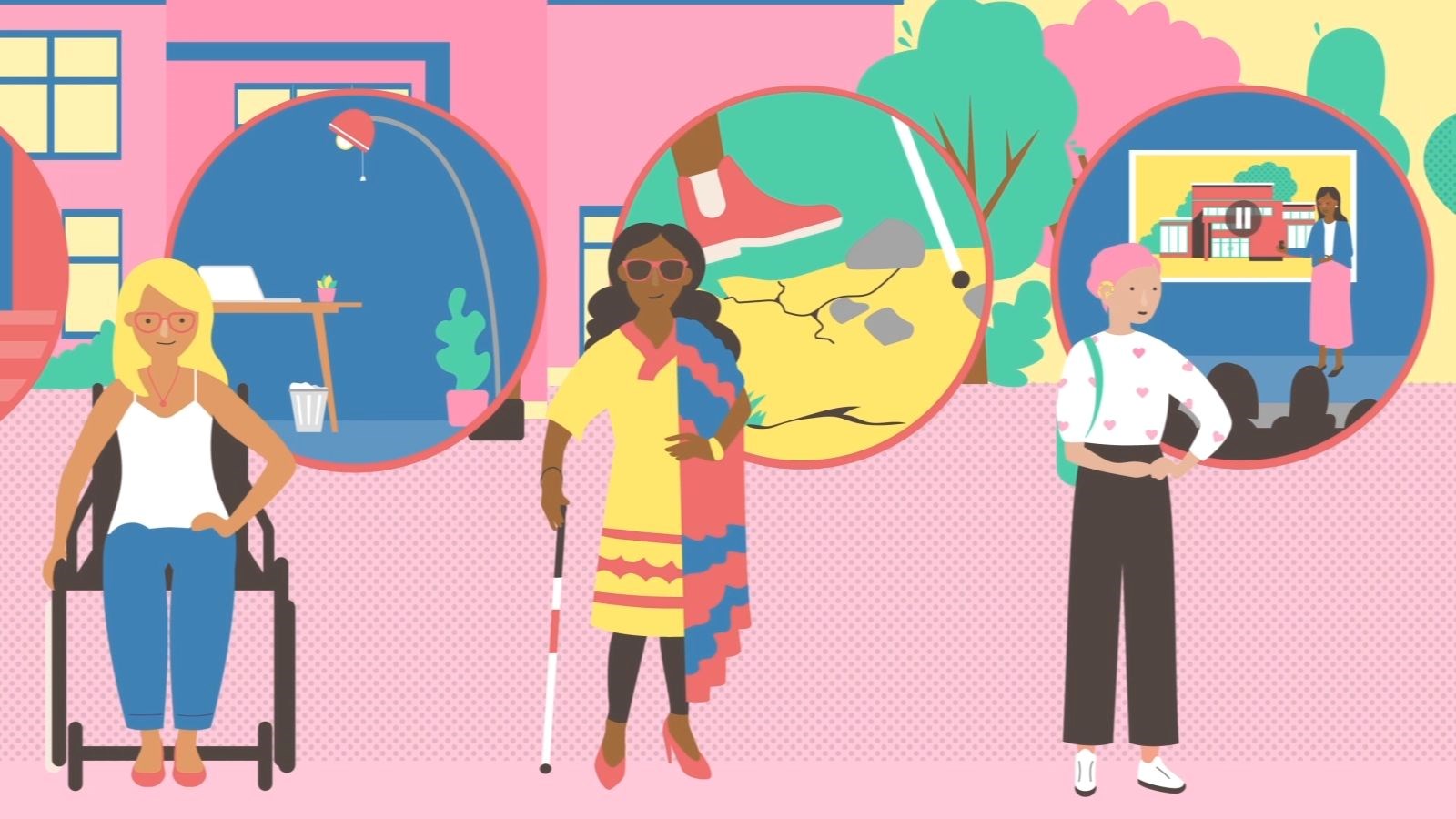Surrey Schools continues accessibility series by understanding, addressing and removing barriers
The latest video in the district’s four-part series on accessibility is available now, putting a focus on the term barriers and how people with disabilities may face obstacles that can make everyday tasks difficult or impossible – and what we can do to help.
Created by the Surrey Schools accessibility working group and advisory committee, the four videos are intended to create a common understanding of the terms disability, barriers, accessibility and inclusion in school communities across Surrey and White Rock. The second video explores barriers and how a disability – when combined with a barrier – can prevent a person from fully and equally participating in the world around them.
barrier / ˈbær i ər /
noun
1. anything that hinders the full and equal participation of a person with an impairment
“We wanted to create a video that would be inclusive of barriers that students, staff members or members of the community may face in their everyday lives,” said Colin Reid, District Principal with Student Support. “We tried to ensure the video would be applicable to barriers found in many different environments.”
As part of the Surrey Schools accessibility plan, the district is actively working to reduce barriers for persons with disabilities throughout schools and other district facilities, including by gathering survey feedback to identify barriers to accessibility. The feedback to date informed the direction of our second video, which highlights three types of barriers:
- physical barriers: stairs without a ramp, unreachable light switches, heavy doors, uneven paths or sidewalks, lack of assistive technologies (i.e. closed captioning, screen readers);
- sensory barriers: absence of braille or sign language interpretation, excessively bright rooms or noisy environments;
- attitudinal barriers: social stigma around disabilities, assumptions of one’s capabilities or needs for support based on visible or less visible disabilities.
“We had a chance to have a few people preview this video ahead of its release and it was great to hear such positive feedback on our inclusion of attitudinal and social stigma barriers in the video,” said Reid. “Ensuring that these specific barriers were highlighted in this video was a direct response to what we heard from students, staff and members of our community on our online accessibility feedback surveys.”
Reid said the input from initiatives such as the barriers survey is valuable in the design of new student spaces, allowing the district to eliminate barriers before they are ever created – it is always easier to ensure a barrier-free environment right from the start than to adjust and adapt afterwards.
He also said the more students, staff and community members know about various barriers for people with disabilities, the more they will be able to identify, reduce and remove them.
“The first step in reducing and removing barriers is for all of us to be able to identify them,” said Reid. “Our goal is to help create a more accessible school district, workplace and community, and we hope this video, along with the other three in this series, help all of us better recognize where barriers exist.”
The first video on disability is available here and the remaining videos on accessibility and inclusion will be published bi-weekly over the coming weeks. Stay tuned for more in our accessibility video series!


